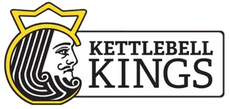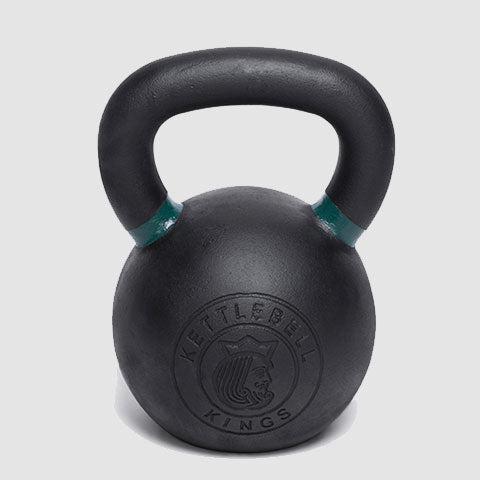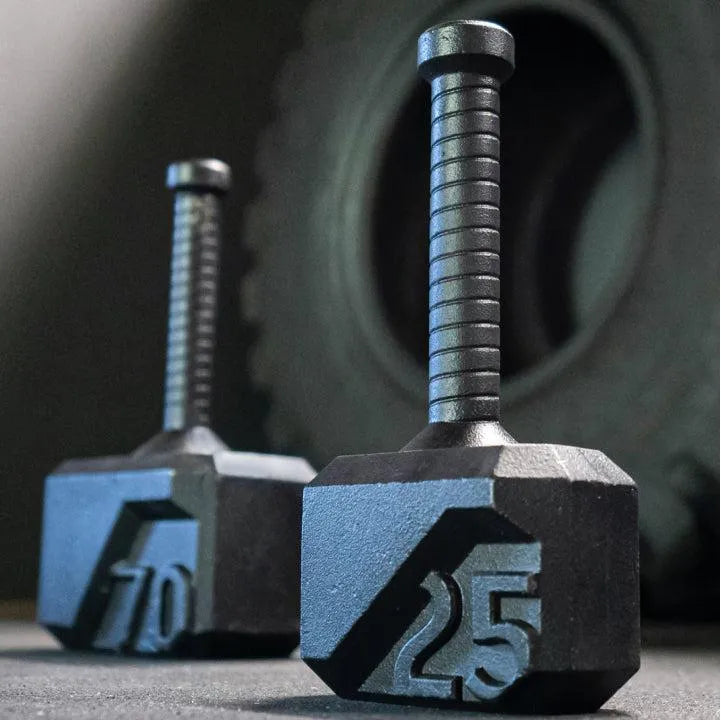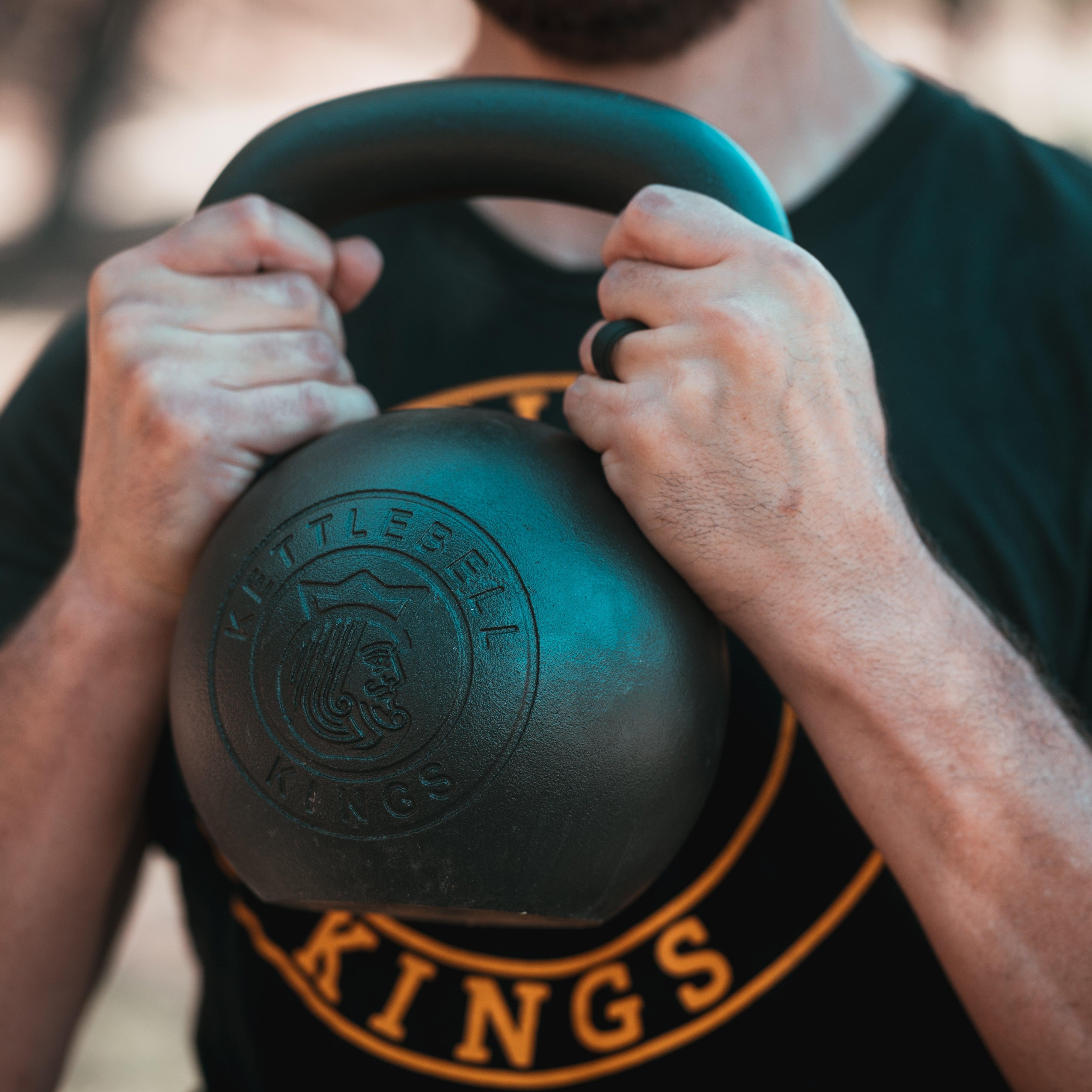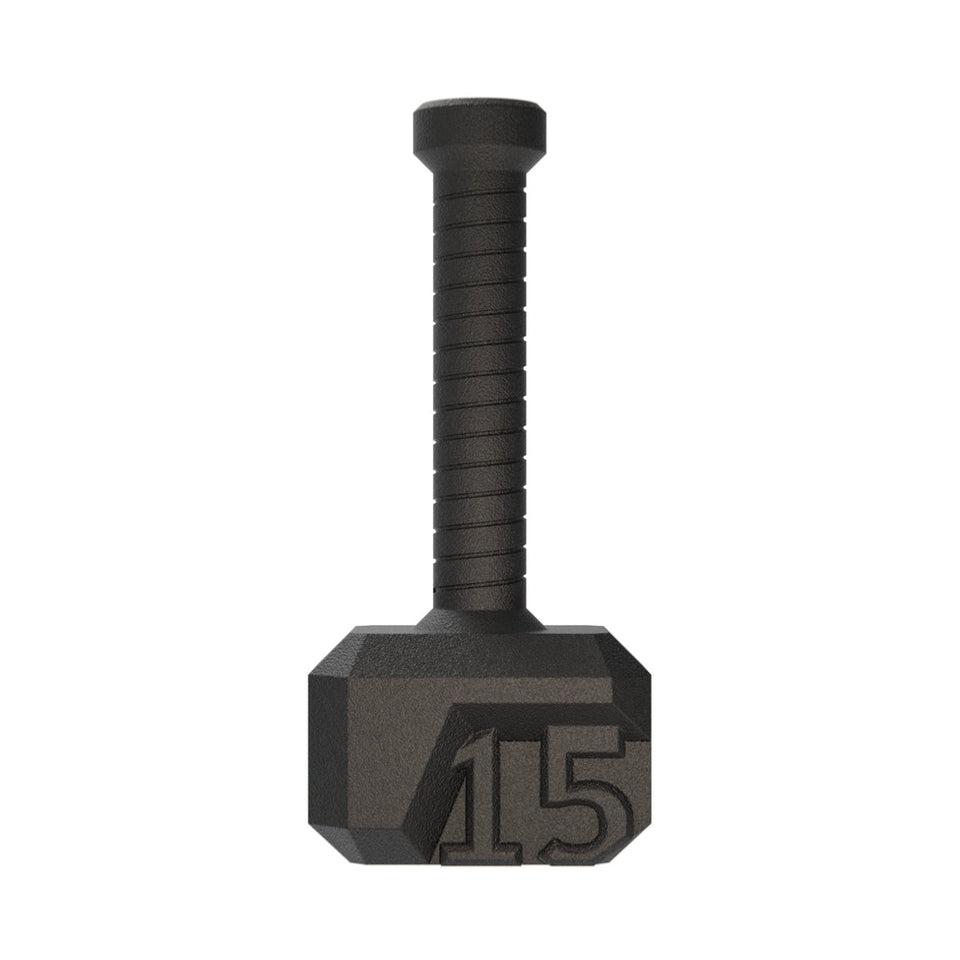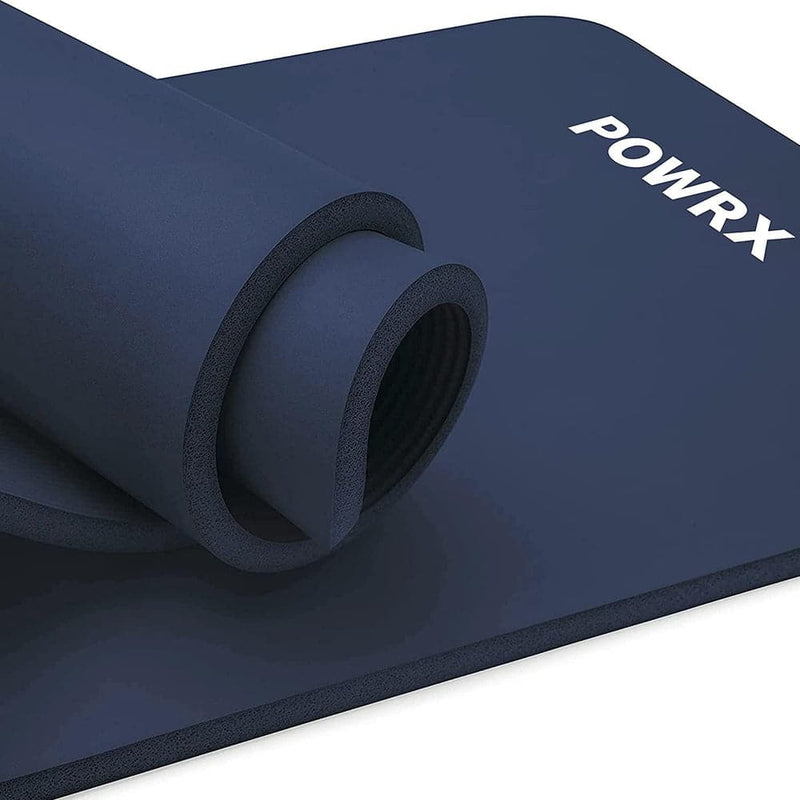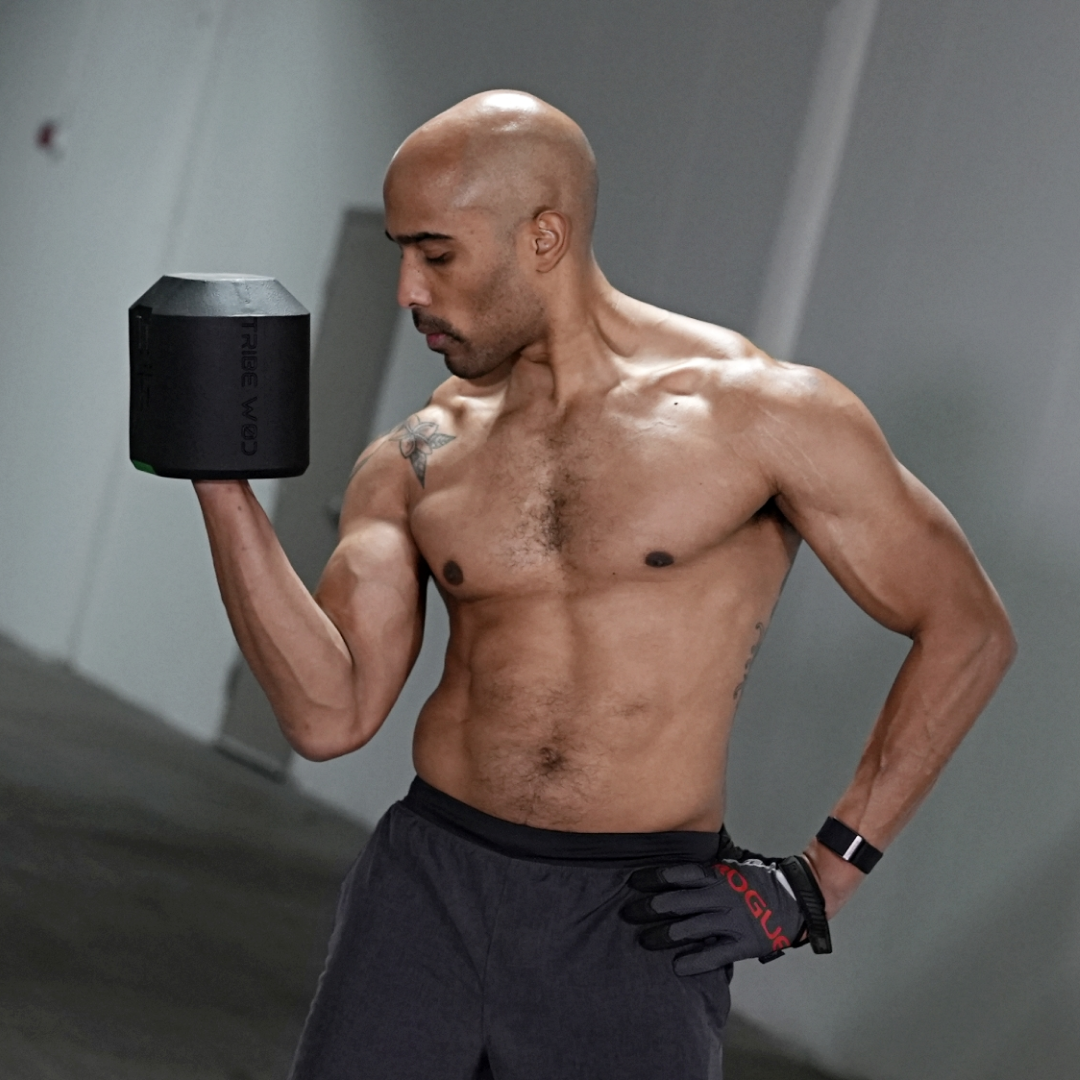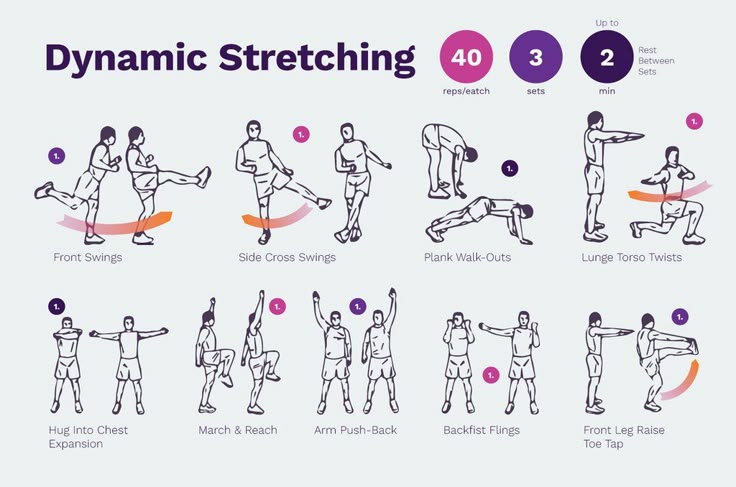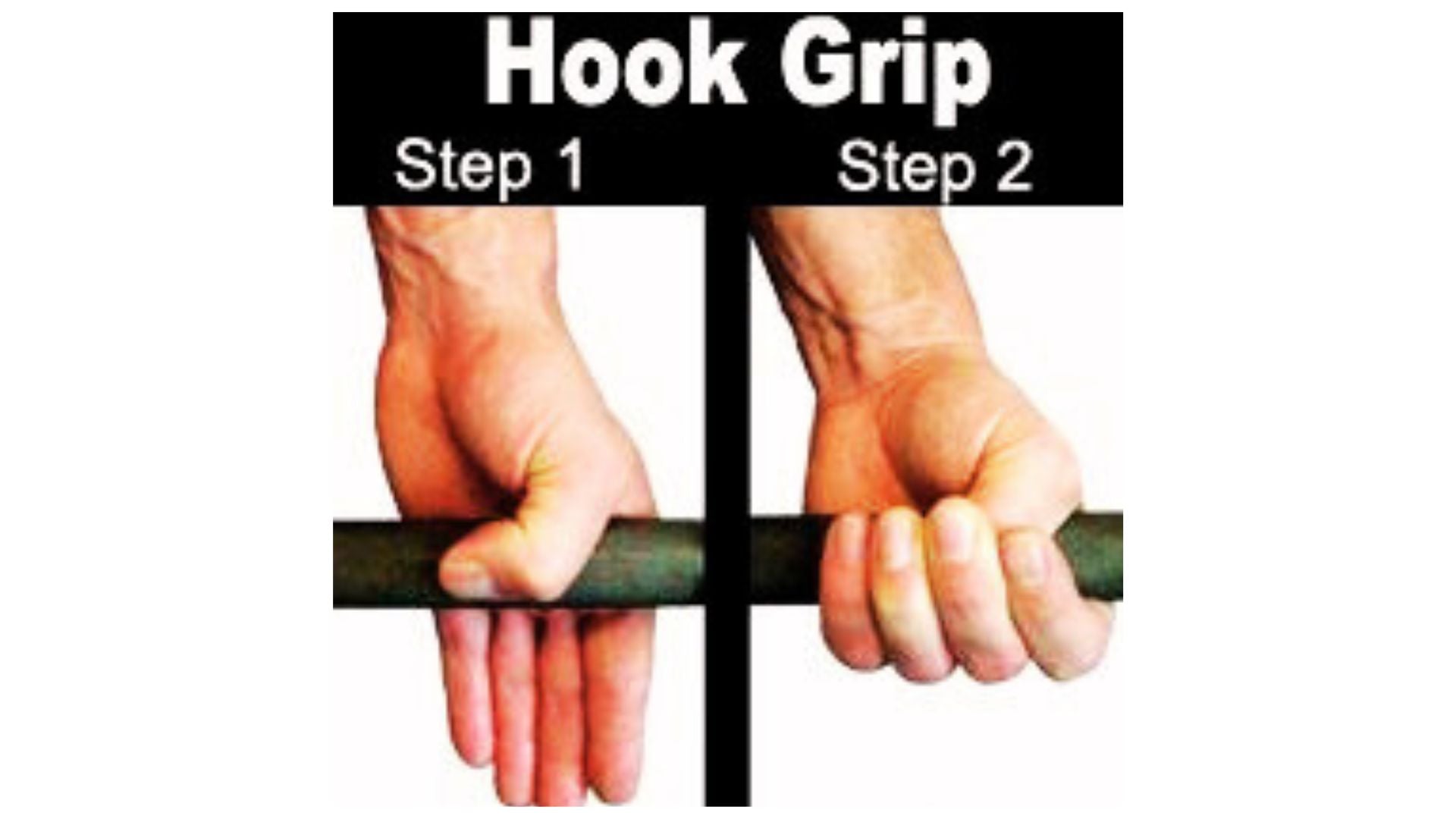Dynamic stretching is an essential part of any fitness routine, helping to prepare the body for physical activity. Unlike static stretching, which involves holding a stretch for an extended period, dynamic stretching consists of controlled movements that improve flexibility, increase blood flow, and activate muscles.
Research shows that incorporating dynamic stretching into your pre-workout routine can significantly improve power, agility, and overall athletic performance while potentially reducing injury risk. This article explores the benefits of dynamic stretching, how to perform it correctly, and the best exercises for a full-body warm-up.
Benefits of Dynamic Stretching
Dynamic stretching offers numerous evidence-backed advantages that can transform your workout experience:
-
Improved blood circulation: Active movements increase blood flow to working muscles, delivering essential oxygen and nutrients while removing waste products.
-
Enhanced muscle activation: Dynamic stretches activate muscle fibers, ensuring they're ready to generate force efficiently during your workout.
-
Increased range of motion: Research published in the Journal of Strength and Conditioning Research found that dynamic stretching can temporarily increase joint range of motion without compromising muscle strength.
-
Reduced injury risk: By properly warming up muscles and joints before intense activity, dynamic stretching helps prepare tissues for stress, potentially lowering injury rates.
-
Performance enhancement: Multiple studies have demonstrated improved sprint times, jump heights, and overall athletic performance following dynamic stretching protocols compared to static stretching or no stretching at all.
-
Mental preparation: The active nature of dynamic stretching helps focus your mind on the upcoming physical activity, creating a mental warm-up alongside the physical one.
How to Perform Dynamic Stretching Properly
To maximize the benefits of dynamic stretching while minimizing the risk of injury, it’s essential to follow proper techniques. Here’s a step-by-step guide on how to perform dynamic stretching correctly.
1. Start with a Brief Cardiovascular Warm-Up
Before beginning dynamic stretches, spend 5 minutes doing light cardio to gradually raise your heart rate and warm up your muscles. Activities like:
Jogging in place
Jumping jacks
Arm swings or bodyweight movements
2. Move Through a Complete Range of Motion
Each stretch should take your joints and muscles through their natural range of motion without forcing them beyond their limits. The key is:
Controlled, smooth movements
No bouncing or jerking
Never push to the point of pain
3. Maintain Control Throughout Movements
Dynamic stretching involves continuous movement, but that doesn’t mean moving too fast or carelessly. Each movement should be:
Deliberate and controlled
Performed with good posture
Avoid excessive speed or abrupt stops
4. Progress Gradually in Speed & Intensity
Begin each dynamic stretch slowly with small movements, then gradually increase:
Range of motion (e.g., start with half-height leg swings, then progress higher)
Speed (e.g., start with slow arm circles before moving faster)
5. Perform 8–12 Repetitions Per Stretch
For each dynamic stretch, aim for 8–12 repetitions per side to ensure the muscles are properly activated. A well-structured dynamic stretching routine activates the right muscle groups, enhances mobility, and prepares you for peak performance.
Best Dynamic Stretching Exercises
Dynamic stretching involves active movements that improve flexibility, mobility, and circulation before exercise. Unlike static stretching, dynamic stretches keep the body in motion, making them ideal for warm-ups. Below is a detailed breakdown of the best dynamic stretching exercises categorized by lower body, upper body, and full-body movements.
Lower Body Dynamic Stretches
These exercises prepare the legs, hips, and glutes for movement, making them essential for running, weightlifting, or sports activities..
1: Leg Swings
Leg swings improve hip mobility by loosening hamstrings and glutes. Controlled forward-backward and side-to-side motions prepare muscles for movement.
Muscles Targeted: Hip flexors, hamstrings, glutes

How to Do It:
-
Stand next to a wall or hold onto a stable surface for balance.
-
Swing left leg forward and backward in a controlled motion.
-
Perform 10–15 swings per leg, then switch to side-to-side swings.
Benefits:
-
Improves hip mobility and flexibility.
-
Loosens up hamstrings and glutes.
-
Prepares the lower body for running or jumping.
2. Walking Lunges with a Twist
Walking lunges activate hip flexors, quads, and core. Adding a torso twist improves balance, coordination, and increase flexibility for dynamic sports movements.
Muscles Targeted: Hip flexors, quadriceps, core

How to Do It:
-
Take a large step forward into a deep lunge.
-
As you lower your back knee, twist your torso toward the front leg.
-
Step forward into the next lunge and repeat.
-
Perform 10–12 reps per leg.
Benefits:
-
Engages multiple lower-body muscle groups.
-
Improves balance and coordination.
-
Activates the core for stability.
3. High Knees
High knees increase heart rate, improve circulation, and enhance knee mobility. Running in place while raising knees activates lower body muscles.
Muscles Targeted: Hip flexors, calves, quadriceps

How to Do It:
-
Run in place while bringing your knees up to waist level.
-
Pump your arms as you move.
-
Continue for 20–30 seconds.
Benefits:
-
Increases heart rate and circulation.
-
Warms up lower body muscles.
-
Enhances knee flexibility and mobility.
4. Butt Kicks
Butt kicks stretch hamstrings and improve mobility. Jogging in place while kicking heels up enhances coordination and running mechanics.
Muscles Targeted: Hamstrings, glutes, quadriceps
How to Do It:
-
Jog in place while kicking your heels up toward your glutes.
-
Maintain a steady rhythm for 20–30 seconds.
Benefits:
-
Stretches and activates the hamstrings.
-
Improves knee and hip mobility.
-
Enhances lower-body coordination.
5. Lateral Lunges
Lateral lunges stretch inner thighs and glutes while improving side-to-side mobility. Controlled movements prepare the body for lateral sports actions.
Muscles Targeted: Inner thighs, glutes, quadriceps

How to Do It:
-
Step to the side, shifting your weight into one leg while keeping the other leg straight.
-
Keep your back straight and engage your glutes.
-
Return to the center and switch sides.
-
Perform 10 reps per leg.
Benefits:
-
Increases side-to-side mobility.
-
Stretches the inner thigh muscles.
-
Prepares the body for lateral movements in sports.
Upper Body Dynamic Stretches
These movements improve flexibility and blood flow to the shoulders, arms, chest, and back, which is important for upper-body workouts and sports.
1: Arm Circles
Arm circles warm up shoulders, arms, and toward your chest. Starting with small motions and progressing improves shoulder mobility and flexibility.
Muscles Targeted: Shoulders, arms, chest

How to Do It:
-
Extend both arms out to the sides.
-
Make small circles forward, then gradually increase the size.
-
After 15 seconds, reverse direction.
Benefits:
-
Improves shoulder mobility.
-
Warms up muscles for upper-body exercises.
-
Enhances range of motion for throwing or lifting.
2. Arm Swings
Swing your arms to stretch the chest and upper back. Crossing arms in front mimics hugging, loosening muscles for push-ups or overhead lifts.
Muscles Targeted: Chest, shoulders, upper back
How to Do It:
-
Extend your arms out to the sides.
-
Swing them across your body as if you’re hugging yourself.
-
Repeat for 15–20 reps.
Benefits:
-
Stretches the chest and shoulders.
-
Warms up the upper back.
-
Prepares the body for push-ups, bench presses, or overhead movements.
3. Torso Twists
Torso twists activate the core and improve spinal mobility. Controlled twisting strengthens obliques and reduces lower back stiffness.
Muscles Targeted: Core, obliques, lower back

How to Do It:
-
Stand with feet shoulder-width apart.
-
Twist your torso from side to side while keeping your core engaged.
-
Perform 20 reps total.
Benefits:
-
Improves spinal mobility.
-
Activates the core muscles.
-
Reduces stiffness in the lower back.
Full-Body Dynamic Stretches
These exercises involve multiple muscle groups at once, making them great for overall flexibility and coordination.
1: Hip Circles
Hip circles improve hip flexibility and lower back mobility. Rotating hips in circular motions prepares muscles for squats, running, and jumping.
Muscles Targeted: Hips, lower back
How to Do It:
-
Stand with your hands on your hips.
-
Rotate your hips in a circular motion.
-
Perform 10 circles in each direction.
Benefits:
-
Increases hip flexibility.
-
Reduces stiffness in the lower back.
-
Prepares the body for squats, running, and jumping.
2. Toy Soldiers (Straight-Leg March)
Toy soldiers stretch hamstrings and improve coordination. Kicking straight legs forward while reaching opposite hands engages core stability and balance.
Muscles Targeted: Hamstrings, hip flexors, core
How to Do It:
-
Stand tall and kick one leg straight up while reaching for your toes with the opposite hand.
-
Keep your back straight and alternate sides.
-
Perform 10–12 reps per leg.
Benefits:
-
Stretches the hamstrings dynamically.
-
Improves coordination and balance.
-
Engages core muscles for stability.
Dynamic Stretching vs. Static Stretching
Understanding the fundamental differences between these stretching techniques can help you incorporate them effectively into your fitness routine:
|
Dynamic Stretching |
Static Stretching |
|
Involves active movement through a range of motion |
Involves holding a stretch starting position for 15-60 seconds |
|
Ideal before workouts and athletic activities |
Most beneficial after exercise or for separate flexibility sessions |
|
Increases muscle temperature and prepares for activity |
Helps muscles relax and can improve long-term flexibility |
|
Enhances power and performance |
May temporarily decrease power and explosive performance if done before exercising. |
|
Improves functional range of motion |
Develops greater maximum flexibility over time |
|
Engages multiple muscle groups simultaneously |
Typically isolates individual muscle groups |
When to Use Dynamic Stretching
Dynamic stretching is particularly beneficial in the following scenarios:
-
Pre-workout: Perform dynamic stretches 5-10 minutes before beginning your main exercise routine.
-
Before sports activities: Dynamic stretching is ideal before practices, games, or competitions, especially those requiring explosive movements.
-
As part of warm-up routines: Incorporate dynamic stretching after a brief cardiovascular warm-up but before the main activity.
-
Between exercise sets: Modified dynamic stretches can maintain muscle readiness during rest periods of certain training protocols.
-
During mobility-focused training days: Use dynamic stretching as a primary component of mobility-specific training sessions.
-
In rehabilitation settings: Under professional guidance, dynamic stretching can help restore functional movement patterns after injury.
Common Mistakes to Avoid
To ensure you receive maximum benefit from dynamic stretching while minimizing risk, avoid these common errors:
-
Skipping the Warm-Up – Always perform light activity before stretching.
-
Overstretching – Avoid excessive ranges of motion that could lead to injury.
-
Using Poor Form – Ensure movements are controlled and biomechanically correct.
-
Holding Stretches Too Long – Dynamic stretches should be fluid, not static.
-
Rushing Through Movements – Focus on quality rather than speed.
Frequently Asked Questions:
-
What is dynamic stretching?
Dynamic stretching involves controlled, active movements that improve flexibility, blood flow, and muscle activation before exercise. -
How does dynamic stretching differ from static stretching?
Unlike static stretching, which involves holding a position, dynamic stretching keeps the body in motion to enhance mobility and performance. -
When should I do dynamic stretching?
Dynamic stretching is best performed before workouts, sports, or physical activities to prepare muscles and joints for movement. -
Can dynamic stretching help prevent injuries?
Yes, dynamic stretching warms up muscles and joints, improving flexibility and reducing the risk of strains or injuries during exercise.
